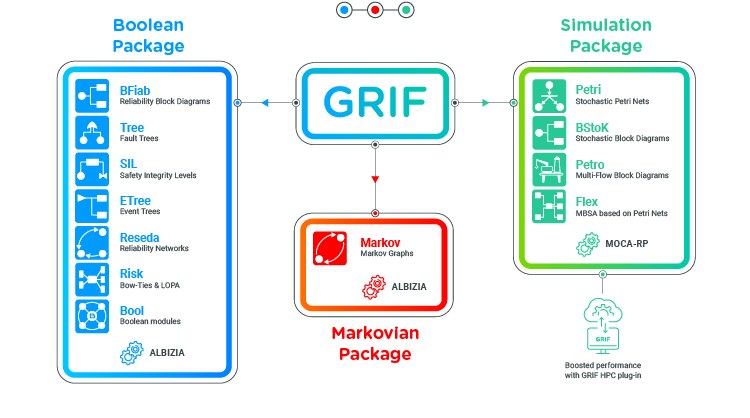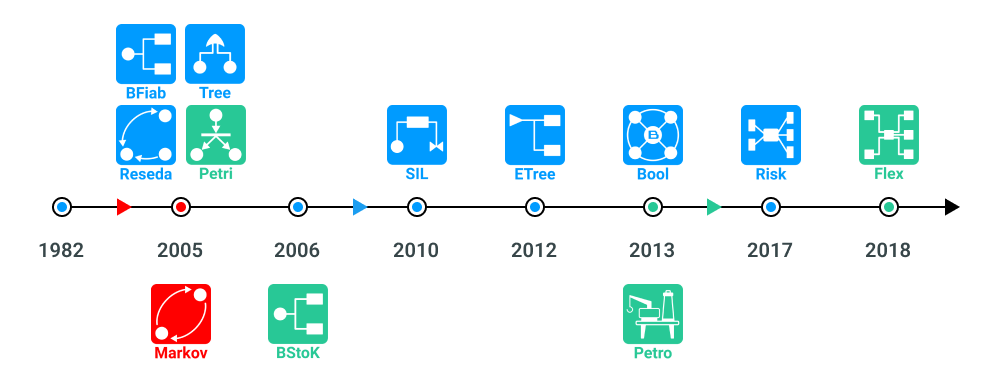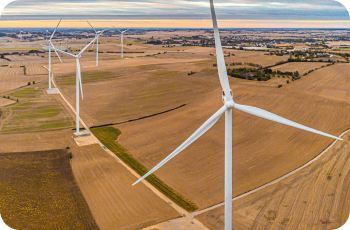With our software suite, you can check if the reliability of the safety instrumented functions of the HIPS (ultimate safety barrier in case of overpressure, overflow, etc.) complies the SIL (Safety Integrity Level) requirements. To prevent any accidents related to a company’s operations, the chosen architecture and associated maintenance measures must provide an effective response to the undesirable event.
By modeling the architecture of an installation, its behavior (failures, interactions between equipment, etc.) and its operating conditions (logistical support, maintenance policies, etc.), GRIF provides a production level forecast for this system throughout its life cycle.
Lastly, GRIF can be used as a decision-support tool to assess a project’s profitability through the predictive evaluation of its performance.








